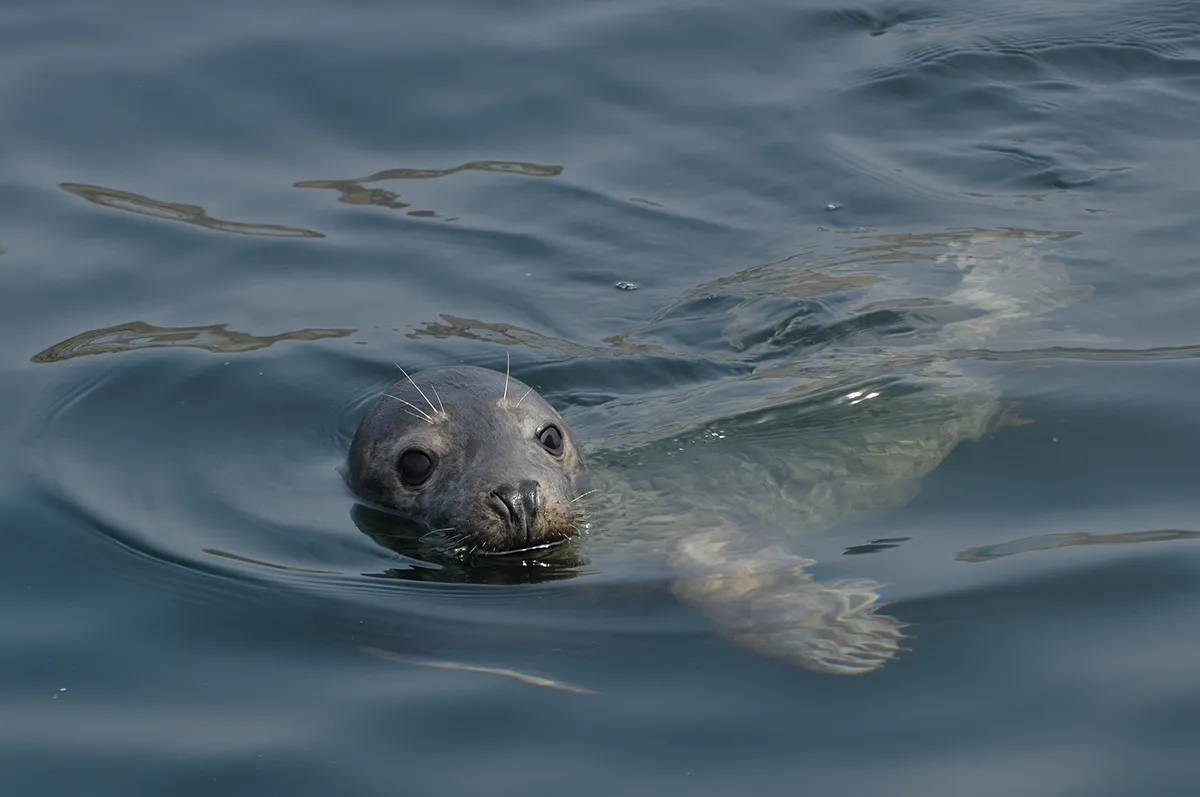This short coastal walk is perfect for walkers of all abilities. Heybridge Basin is a serene escape on the Essex coastline and is full of wildlife.
There are plenty of opportunities to stop for a spot of birdwatching: keep and eye out for larks, gulls, redshank and plover. If you’re lucky, you might catch sight of seals lazing on the sandy edges of the nearby islands.
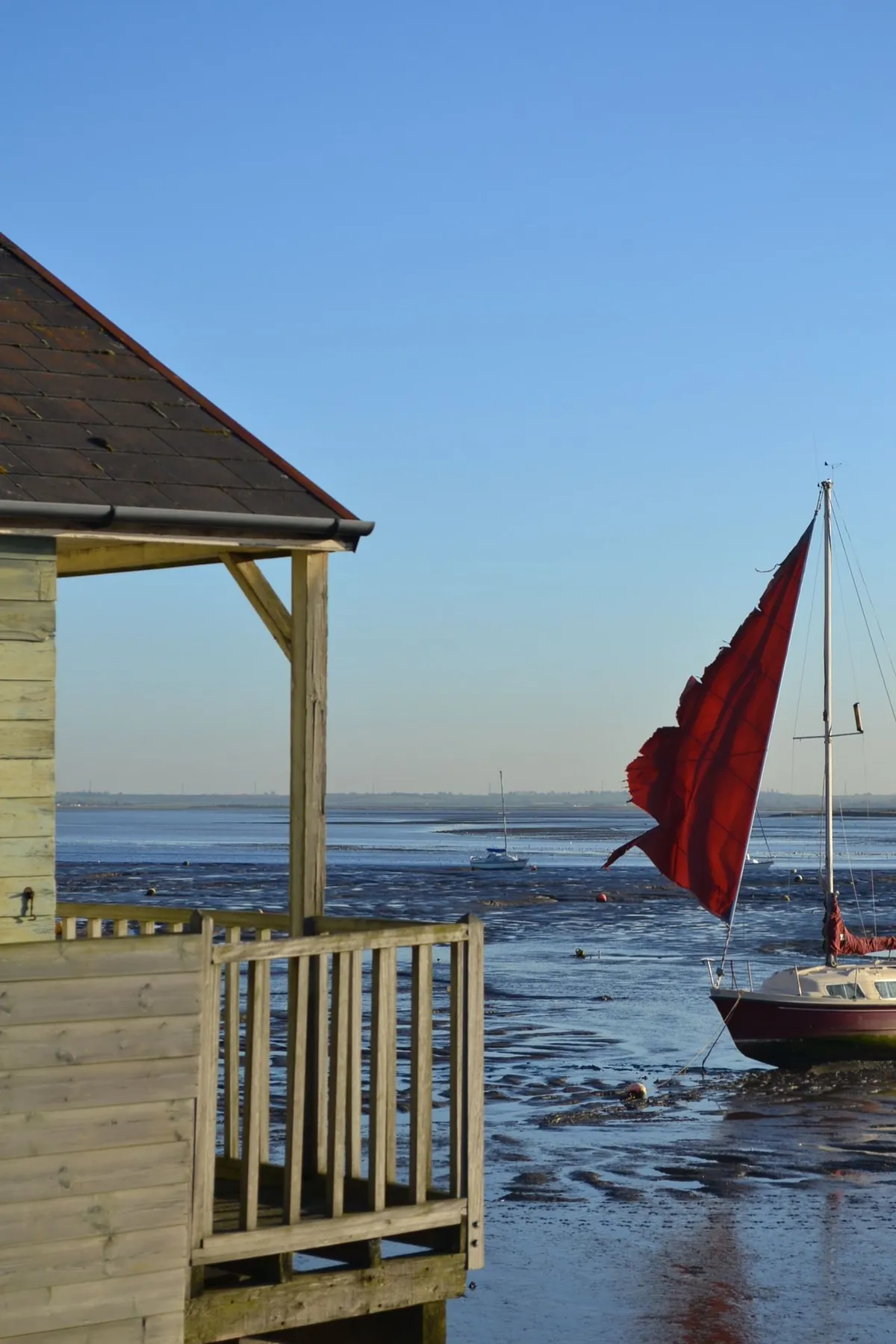
1. Along the towpath
Starting at Daisy Meadow car park at the edge of Heybridge, climb the steps up to the canal and turn left along the towpath. As you walk beside boats of all shapes and sizes, you will often meet friendly people enjoying life on the canal, their dogs basking in the sunshine.
2. Sea air and cakes
When you reach the lock, follow the sea wall left, passing The Jolly Sailor and The Old Ship – quaint little pubs full of welcoming locals – and a charming little tearoom. Breathe in the salty sea air, infused with the inviting scent of baking cakes.
3. Birdcall
As you continue along the edge of the Blackwater Estuary, look out across the water to see Northey Island in the distance. The remote island, owned by The National Trust, can be accessed by crossing the causeway, and is a tranquil haven for wildlife. During the winter, Brent geese, shelduck and golden and grey plover seek refuge on the pastureland – listen carefully and you may hear their calls.
4. Sinking ship
Continuing alongside the wall, you will see Blackwater Sailing Club on your left. Listen out for the quiet clinking of the boat rigging in the breeze, a sound that has always seemed a little ominous to me. On your right lies the old shipwreck in a creek, which has been there for as long as I can remember and sinks further and further into the sand as the years go on.
5. Summer life
Take a sharp right, past the abandoned ship and follow the narrow footpath, into the prickly shelter of brambles. In the summer, this unexpected patch of greenery comes alive with heather and wild flowers, the air is sweet and the bushes are laden with dark, glistening blackberries.
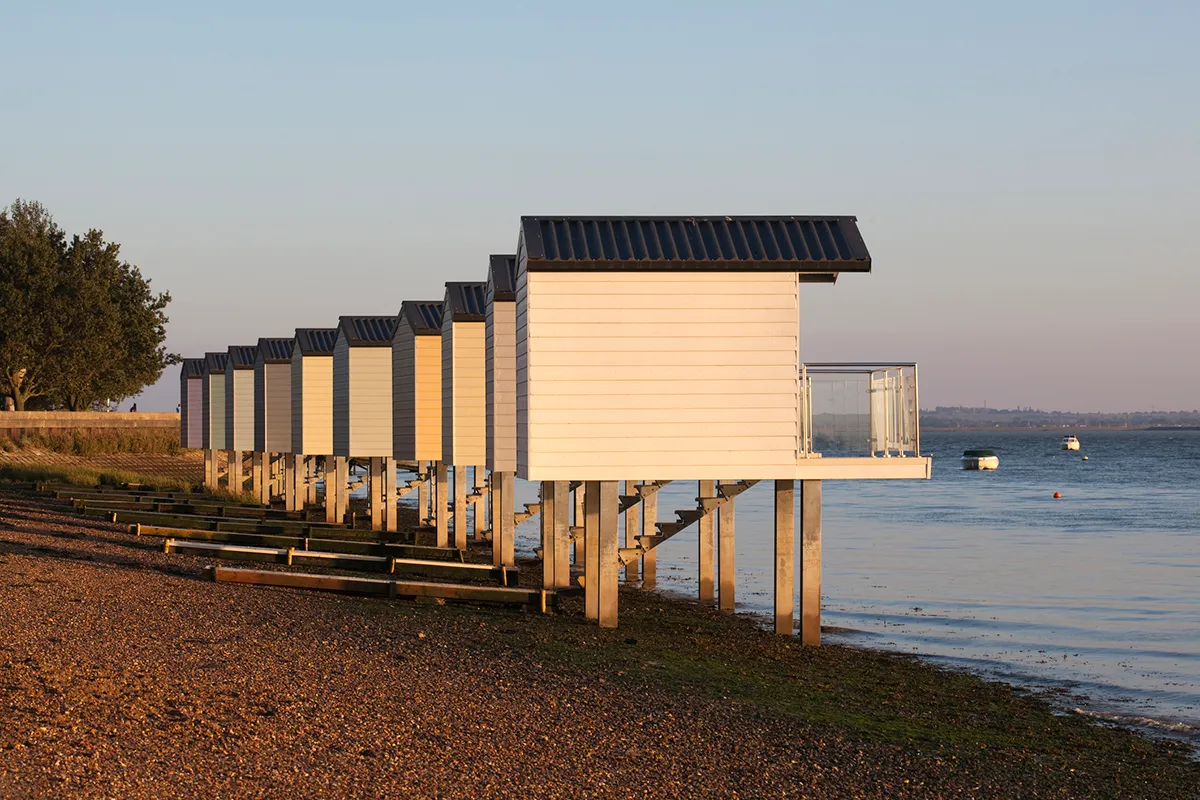
6. Respite by the river
Remain on the edge of the River Blackwater as you follow the path past the Mill Beach pub, beach huts and Osea Leisure Park, stopping for a brief respite from the cool wind, if you like. Admire the sandy beaches and peacefulness that strongly contrast the usual hustle and bustle of Essex.
7. End of the line
Eventually, you will reach the tidal causeway that leads to Osea Island. At this point you have the option to walk along the sea wall, or traverse the surrounding fields into the pretty village of Goldhanger.
Wildlife to spot
Brent Geese
These geese are small and dark, with black heads and grey-brown backs. Adults can be recognised by the small white patch on the neck. They spend their winter months on the marshland surrounding the River.
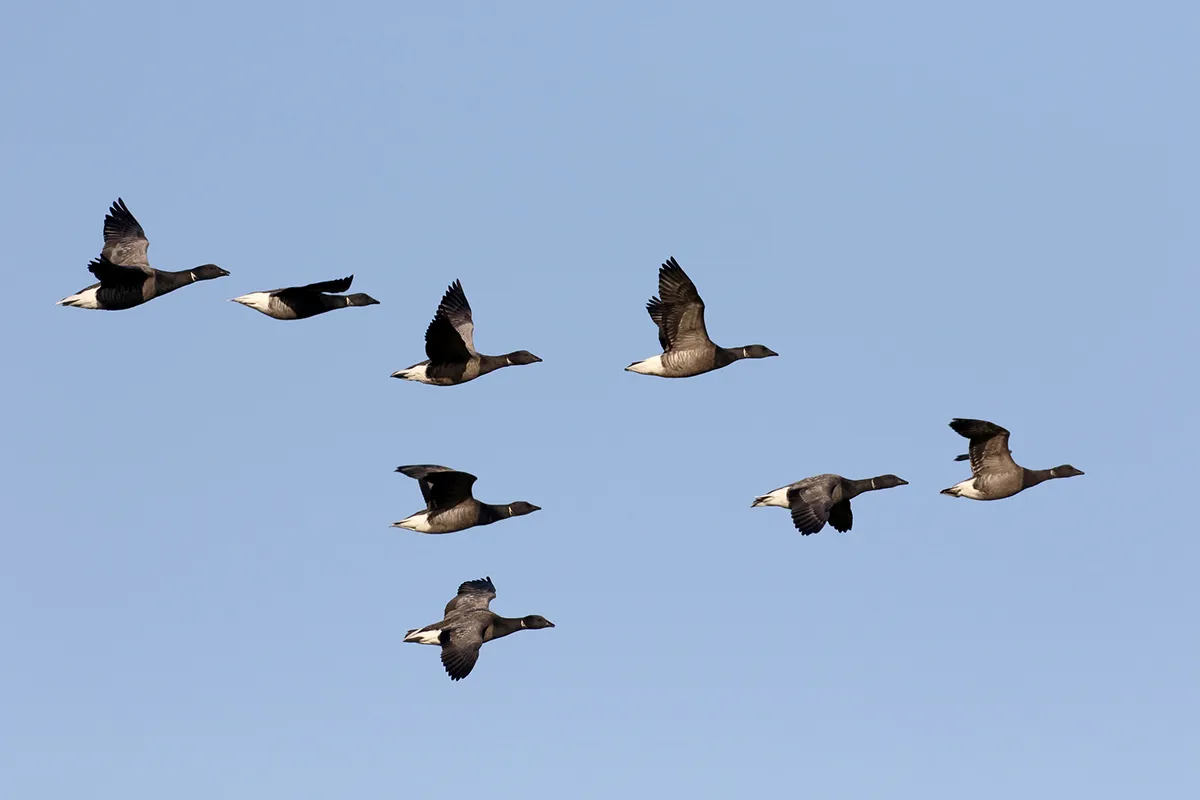
Plovers
Grey, golden and ringed plovers can be seen at Heybridge Basin. They form large flocks in winter.
Redshank
Redshanks can be identified by their bright red legs and bill. They commonly breed in saltmarshes and estuaries.
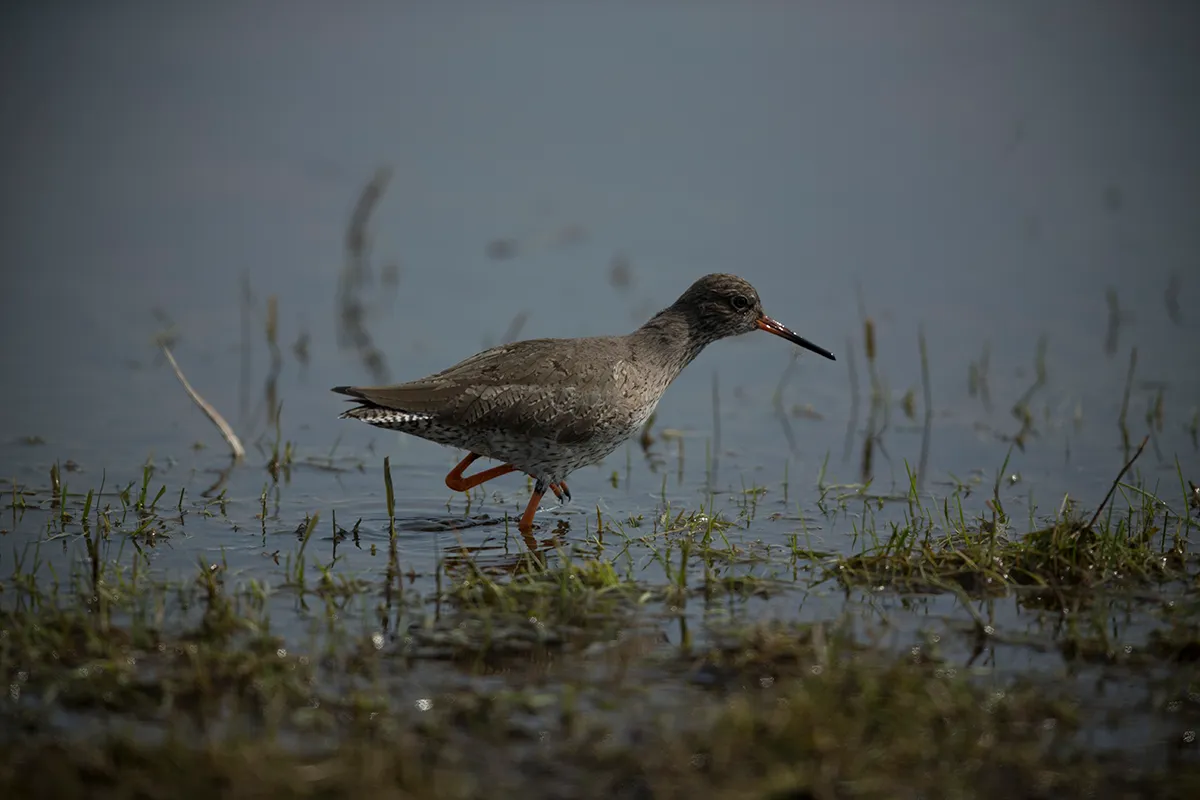
Seals
There are only two species of seal in the UK, common and grey. Common seals can be spotted between May-July, while grey seals emerge from September-November.
Britain’s best seal watching spots and how to avoid disturbing the colony
